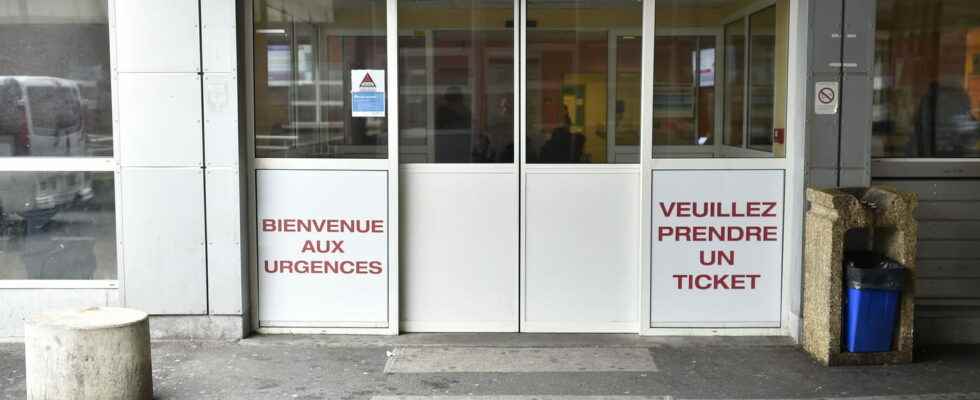The wave of flu cases continues on French territory. Although the whole of France is in the red, certain departments are facing a larger wave of contamination.
The epidemic triptych continues to increase the pressure on caregivers in France; despite the slow decline in Covid and bronchiolitis cases, the flu still worries the health authorities. For several weeks, caregivers have been fighting an early and particularly virulent flu epidemic. In his last newsletter epidemiological dated December 28, 2022, Public Health France noted a “continued increase in influenza indicators in all age groups”. Visits to the emergency room and hospitalizations continue to increase drastically, hospitalizations have increased by 75%.
After the end of year celebrations, the risk of contamination is likely to increase. On December 28, the Minister of Health spoke of a “week of all dangers”, the former emergency doctor on the move in Haute-Savoie said “fear of a rebound” in early January, recalling both the importance of barrier gestures but also vaccination to avoid the crisis already underway.
In the hospital, 4% of beds occupied by flu patients
Nationwide, during the week of December 19 to 25 (latest up-to-date data), a 52% increase in emergency room visits due to a flu-like symptom was recorded compared to the previous week, bringing the total number, across the country, to 19,242. The cases even seem more worrying since the hospitalization rate has, for its part, increased more sharply with 2,738 patients treated (+75%). It should be noted, however, that on the scale of all hospitalized persons, patients treated for influenza represent 4.1% of occupied beds, against 2.3% the previous week.
Étienne Decroly confirmed the virulence of the flu this year at the microphone of France info. First, the level of immunization has dropped compared to years spent masked to protect against Covid, so a release after three years hits harder. Then for the director of research at the CNRS at the University of Aix-Marseille, “a mutation, which appeared in the virus, partially escapes the vaccine”. Hence a vaccination not as effective as hoped, especially since the vaccination figures are low.
Which departments are most affected by the flu?
In these latest data published on December 28, Public Health France indicated that, for the week between December 19 and 25, “all regions were in the epidemic phase and the alert levels were identical to those of the previous week”, adding that the Hauts-de-France, Île-de-France, Normandy and Provence-Alpes-Côte d’Azur regions were the most affected regions.
In more detail, these data suggest a stronger presence of influenza in the north of France. The rate of medical procedures performed by SOS Médecins was highest in Normandy (3,3334 influenza-related procedures out of 10,000 performed) and in Île-de-France (2,928). The rates of visits to the emergency room for influenza confirm this trend since, in Île-de-France, 894 out of 10,000 are linked to the virus, 747 in Hauts-de-France, 641 in Normandy. It should also be noted that 567 passages in the emergencies of Provence-Alpes-Côte-d’Azur, out of 10,000, are also linked to the flu.
It’s possible to take a test to detect the flu!
In the manner of a covid test, it is possible to carry out a test against the flu by looking for contaminated cells in the nose. This is a TROD (rapid diagnostic orientation test) which is most often carried out in pharmacies during an epidemic as at present. This test must be carried out within 24 or 48 hours after the appearance of the first symptoms.
What are the symptoms of the flu?
On the site of theHealth Insuranceit is indicated that after contamination, the disease declares itself within approximately 48 hours, with “a high fever (around 39°C) accompanied by chills, intense fatigue, a feeling of depression with loss of appetite, diffuse muscular (aches) and joint pain, headaches, then a dry and painful cough”.
